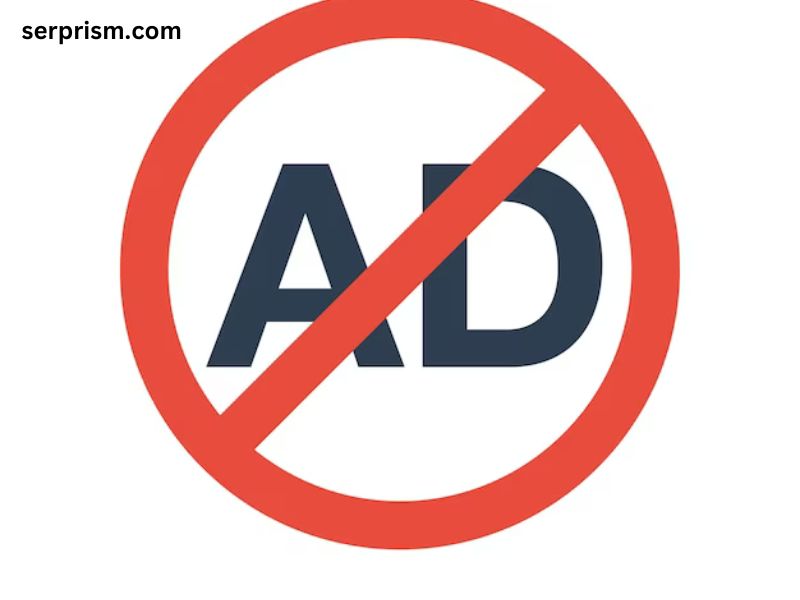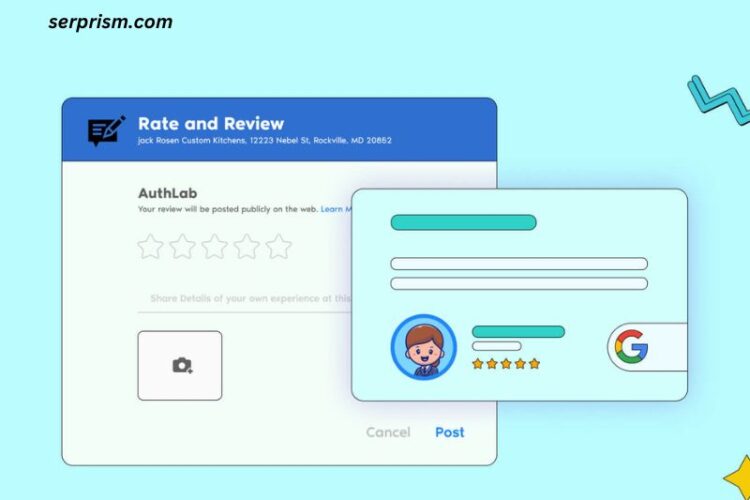
Pinterest is a visual discovery engine that has become a popular platform for users looking for inspiration, creativity, and shopping ideas. However, as with many free services, Pinterest generates revenue through advertising, often in the form of “Promoted Pins.” For many users, these ads can be intrusive and detract from the experience of browsing the platform. As a result, many people turn to ad-blocking tools like Ad Block Premium to remove or block these ads.
But what happens when Ad Block Premium doesn’t work on Pinterest? Why is it failing to block ads, and how can users fix this issue? In this article, we will delve into the potential reasons why Ad Block Premium might not be working on Pinterest, possible solutions to the problem, and alternative methods for blocking ads on Pinterest.
The Basics of Ad Block Premium
Ad Block Premium is a browser extension designed to block online advertisements, pop-ups, and other intrusive content across websites. The extension works by filtering requests made by web pages to ad servers, blocking ads from loading in the first place. Ad Block Premium aims to improve the user experience by ensuring a cleaner and faster browsing experience.
For Pinterest users, the goal is typically to block the “Promoted Pins” that appear in their feeds. These ads are essentially Pinterest’s way of monetizing the platform, and they can appear between regular Pins, making the user experience feel less seamless. While tools like Ad Block Premium can generally remove most ads, there are instances where these ads may still appear, causing frustration for users.
Why Isn’t Ad Block Premium Working on Pinterest?
1. Pinterest’s Evolving Ad Strategies
One of the main reasons Ad Block Premium may not block ads on Pinterest effectively is that Pinterest continuously evolves its ad strategies. Over time, Pinterest has refined its methods for delivering ads to users in a more native, seamless way. As a result, ad-blocking tools may not always keep up with these changes.
Promoted Pins are designed to blend in with organic content on the platform, making them harder for traditional ad-blocking software to identify and filter out. The ads look similar to regular pins, with only subtle indicators (like the “Promoted” label) distinguishing them. This can make it challenging for Ad Block Premium to distinguish between an organic pin and an advertisement.
Moreover, Pinterest might use more sophisticated tracking technologies, such as dynamic loading of ads or obfuscating ad content, which can bypass detection mechanisms used by many ad blockers.
2. Incompatibility with Pinterest’s Dynamic Loading System
Pinterest uses a dynamic loading system known as “infinite scroll.” As users scroll down their Pinterest feed, new content, including ads, is loaded in real-time. This system allows Pinterest to serve ads seamlessly without requiring a page refresh.
However, infinite scrolling can interfere with how ad blockers work. Traditional ad blockers rely on detecting and blocking specific elements on the page before they load, but with infinite scroll, the content on the page is constantly being updated. This means that if the ad blocker doesn’t detect the ad in time, it may still be displayed before the tool has a chance to block it.
3. Browser Cache and Cookie Issues
Another reason Ad Block Premium might not be working as expected on Pinterest is browser cache and cookies. When you visit Pinterest (or any other website), your browser stores certain files to speed up the loading process for subsequent visits. These cached files might include elements related to Pinterest’s ads, which can prevent Ad Block Premium from blocking them.
Additionally, Pinterest uses cookies to track users’ activity and deliver personalized ads. These cookies can sometimes bypass ad blockers if the ad-blocking tool is not configured to block tracking cookies as well.
4. Ad Block Premium Configuration Issues
Ad Block Premium is highly customizable, and users have the option to fine-tune its settings to block specific types of content. If you are not seeing ads blocked on Pinterest, there may be a configuration issue. For instance, the ad-blocking rules may not be set to target the types of ads Pinterest serves, or you may have inadvertently disabled certain blocking features.
How to Fix Ad Block Premium Not Working on Pinterest
1. Update Ad Block Premium
One of the first steps you should take when Ad Block Premium isn’t working as expected is to check for updates. Like all software, ad blockers need to be regularly updated to stay effective against new types of ads. Ad networks and platforms like Pinterest frequently alter their ad delivery methods, so ad-blocking tools must be updated to recognize and block these new ad formats.
To update Ad Block Premium, follow these steps:
- Open your browser and navigate to the extensions or add-ons menu.
- Check if there is an update option for Ad Block Premium.
- If an update is available, install it and restart your browser.
- Refresh Pinterest and see if the ads are now blocked.
2. Clear Browser Cache and Cookies
If Ad Block Premium is not working on Pinterest, it’s a good idea to clear your browser cache and cookies. Cached data can sometimes cause conflicts with ad-blocking software, while cookies may allow Pinterest to bypass the ad blocker.
To clear your cache and cookies:
- Open your browser settings and go to the “Privacy & Security” section.
- Select “Clear browsing data” or a similar option.
- Choose to clear cache and cookies, and then confirm the action.
- Reload Pinterest and check if the ads are now being blocked.
3. Adjust Ad Block Premium Settings
If you’re using Ad Block Premium’s free version or a highly customized configuration, it’s possible that some of the settings aren’t optimized for blocking ads on Pinterest. Try adjusting your settings to ensure that ads are being blocked effectively.
For example:
- Enable advanced blocking settings for social media platforms.
- Ensure that tracking protection is turned on to block third-party cookies and scripts.
- Enable a list of custom filters that specifically target Pinterest.
Once you make these changes, reload Pinterest to see if the ads are being blocked more effectively.
4. Use an Alternate Ad-Blocking Solution
If Ad Block Premium continues to fail on Pinterest, you might want to consider using an alternative ad-blocking solution. There are several options available that can work in conjunction with or as a replacement for Ad Block Premium.
- uBlock Origin: This is a popular, free, and open-source ad blocker that works well with many websites, including Pinterest. uBlock Origin offers more granular control over what gets blocked and is known for being effective at blocking ads on dynamic sites.
- Ghostery: Ghostery is a privacy-focused browser extension that blocks trackers and ads. It can be particularly effective at stopping Pinterest’s tracking cookies from serving personalized ads.
- Privacy Badger: Developed by the Electronic Frontier Foundation (EFF), Privacy Badger blocks tracking cookies and ads based on the behavior of third-party domains. This tool can help protect you from targeted ads on Pinterest.
5. Disable Pinterest’s Personalized Ads (in Settings)
If Pinterest is showing personalized ads based on your interests or browsing history, you may want to adjust your ad preferences directly within Pinterest. While this won’t completely block the ads, it can reduce the relevance and frequency of the ads displayed.
To change your ad preferences on Pinterest:
- Go to your Pinterest account and open the settings menu.
- Navigate to the “Privacy & Data” section.
- Under “Personalization,” toggle off the settings that allow Pinterest to use your data for ad targeting.
This won’t remove ads entirely, but it will reduce the personalization aspect, making the ads less intrusive.
Conclusion
Ad Block Premium is a powerful tool for blocking ads on many websites, including Pinterest. However, there are several reasons why it might not work effectively in blocking Pinterest ads, ranging from the platform’s dynamic loading system to frequent changes in ad delivery methods. By keeping your ad blocker updated, adjusting settings, and clearing cache and cookies, you can improve its performance on Pinterest. Additionally, using alternative ad-blocking tools or adjusting your Pinterest account settings can provide further relief from ads.
Ultimately, while ad blockers can reduce the impact of ads on Pinterest, it’s important to understand that some ads might always find a way through, especially as ad-serving technologies continue to evolve. Being proactive in keeping your ad blocker up to date and exploring other methods of ad reduction will ensure a more enjoyable Pinterest experience without interruptions from Promoted Pins.




